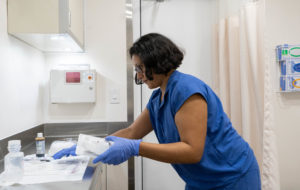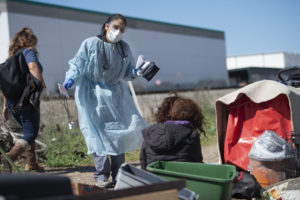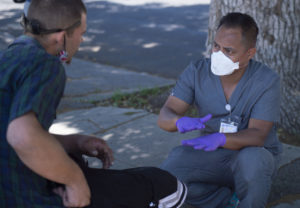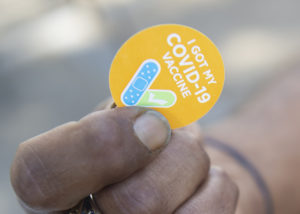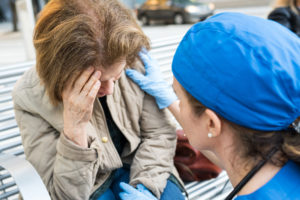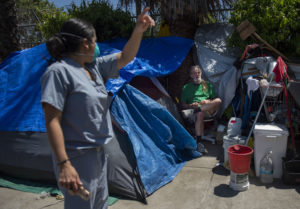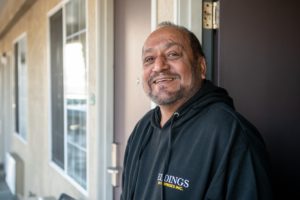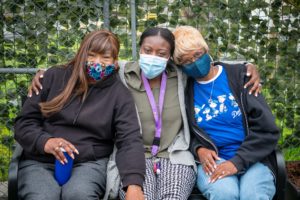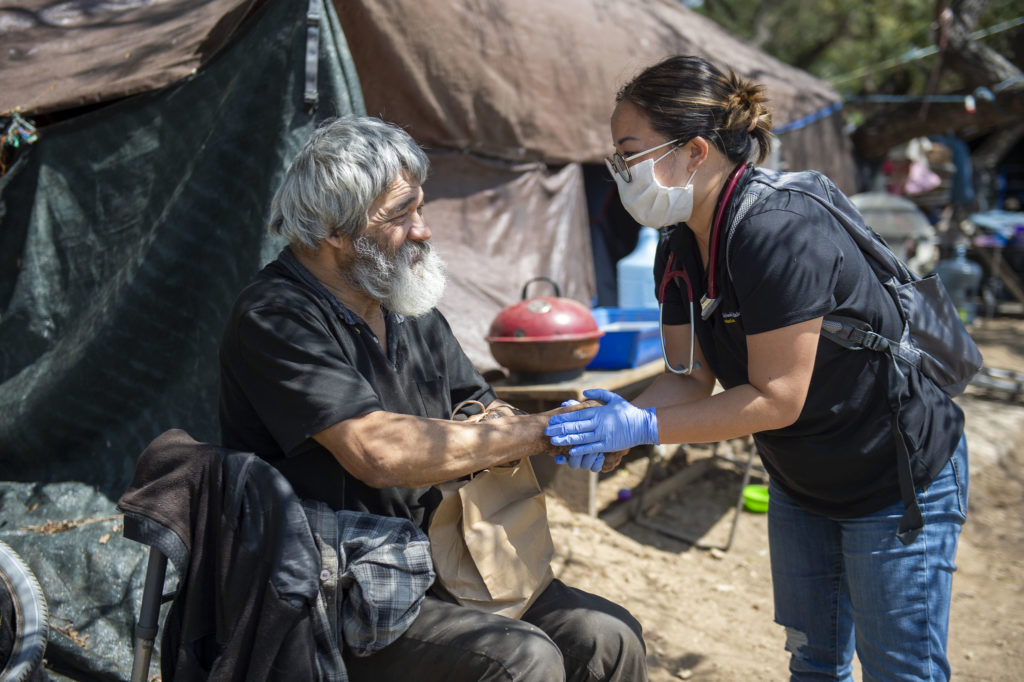In the Newsroom
 This California county is testing AI’s ability to prevent homelessness
This California county is testing AI’s ability to prevent homelessness
CalMatters goes in depth about Housing for Health’s Homeless Prevention Unit (HPU). The author notes that AI is mostly known for powering driverless cars, writing term papers and creating unsettling deep fakes – but the same technology is also helping to prevent people from becoming homeless.
The HPU uses predictive analytics to identify people who are likely to lose their housing soon – and then case managers step in to help with rent and other bills, among other types of assistance.
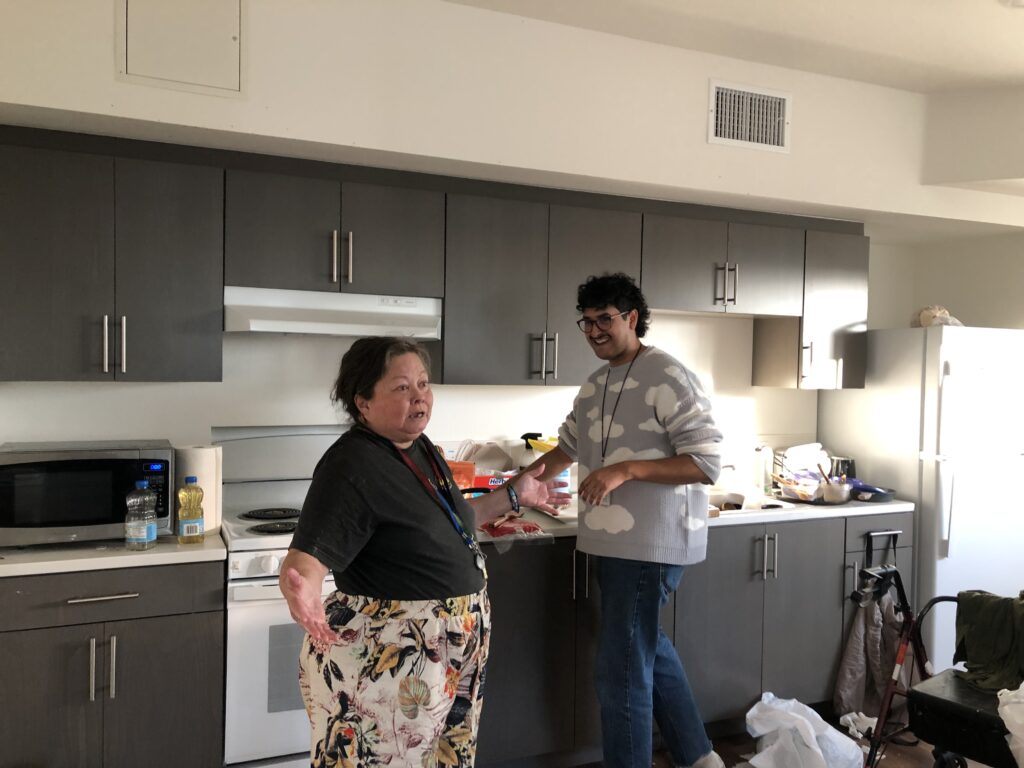 L.A. turns to occupational therapists to keep formerly homeless from returning to streets
L.A. turns to occupational therapists to keep formerly homeless from returning to streets
Los Angeles Times highlights the contribution of occupational therapists, who are helping people stay housed. Housing for Health’s occupational therapists assist clients, most of whom have complex health conditions, in developing basic living skills, such as hygiene and cleanliness. This added layer of support helps prevent clients from being evicted or ending up back on the streets.
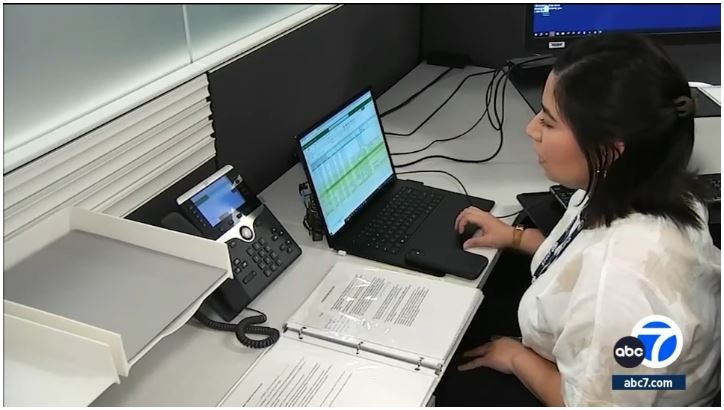 How LA County is using AI to help solve homeless crisis
How LA County is using AI to help solve homeless crisis
Housing for Health’s Homeless Prevention Unit continues to get attention for its innovative approach to help those on the brink of homelessness. KABC News – Los Angeles spent time with the HPU team and a client to see first hand how the program impacts people’s lives.
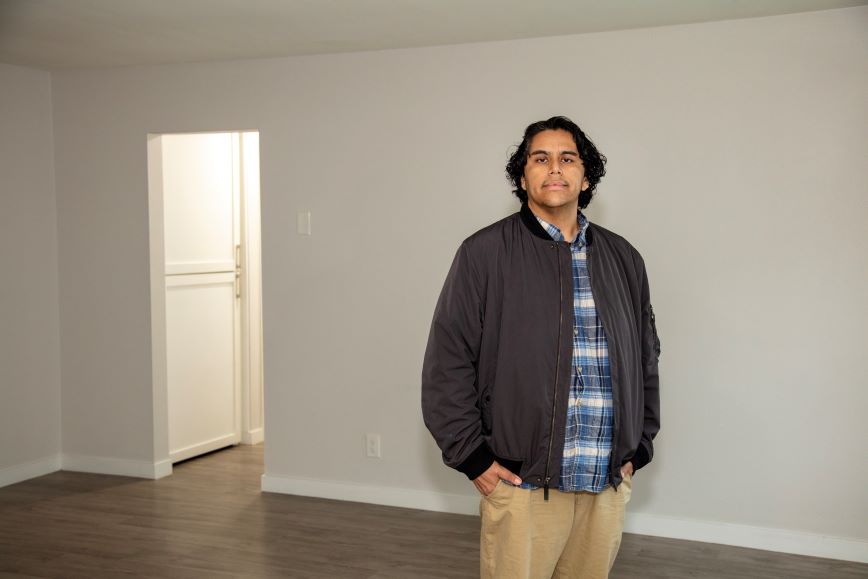 To tackle homelessness faster, LA has a kind of real estate agency for the unhoused
To tackle homelessness faster, LA has a kind of real estate agency for the unhoused
Launched in 2014 as a public/private partnership and led by the Housing for Health Division within the Los Angeles County Department of Health Services (DHS), the Flexible Housing Subsidy Pool (FHSP) is a nationally-recognized supportive housing rent subsidy program that supports thousands of people with exiting homelessness each year. A National Public Radio feature highlights both the challenges and successes of the “Flex Pool” effort.
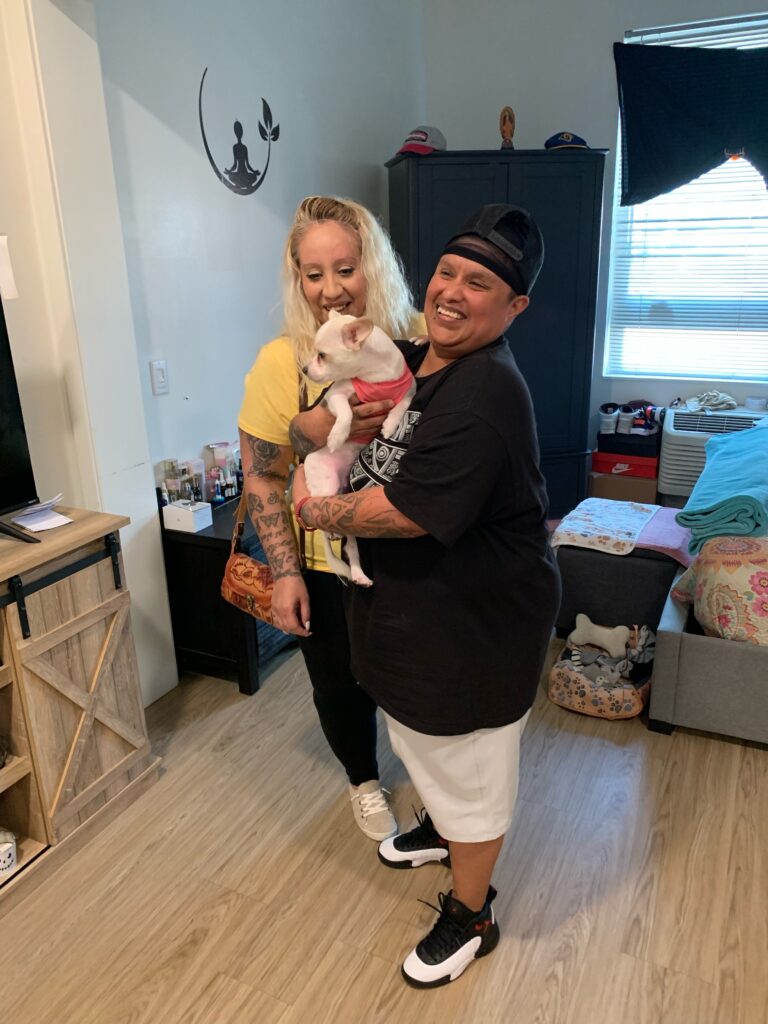 Using Data to Help Prevent Homelessness
Using Data to Help Prevent Homelessness
NPR reports on Housing for Health’s Homelessness Prevention Unit.
Homelessness Prevention Unit case managers cold call individuals and families believed to be at risk of homelessness and help keep them housed – and their work is making a difference in many people’s lives, NPR reports on All Things Considered. The program is a collaboration among the California Policy Lab, Department of Health Services and Department of Mental Health to reduce homelessness in LA County. Read and listen to the story here: Can AI predict, and try to prevent, homelessness? : NPR
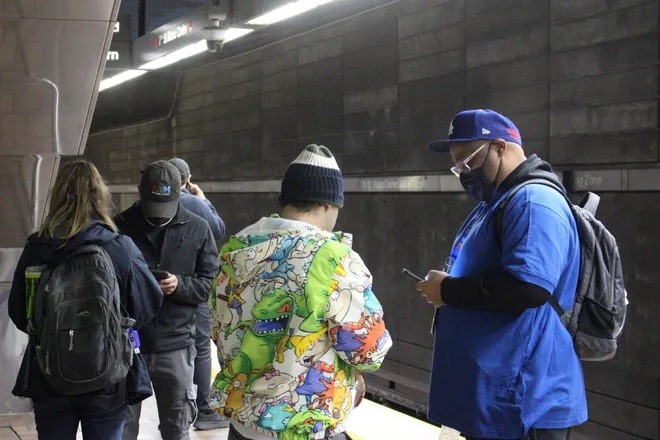 Tackling the LA Metro Homelessness Problem
Tackling the LA Metro Homelessness Problem
A collaborative program between Metro, Housing for Health and its non-profit partners is expanding, KCBS reports. The number of teams will soon double to assist more unhoused people with social services, medical care and housing.
Photo Credit: https://www.usatoday.com/story/sports/nfl/super-bowl/2022/02/12/super-bowl-2022-los-angeles-homeless-crisis-spotlight/6681632001/
 Ill, Latino and Homeless: How an LA County Program Helps the Most Vulnerable
Ill, Latino and Homeless: How an LA County Program Helps the Most Vulnerable
Ethnic Media Services reports on an alarming rise in Latinos living on the street – a trend fueled by the COVID-19 pandemic and rising drug use and addiction rates. Read how Measure H funds have been leveraged to provide specialized care and housing to meet growing needs.
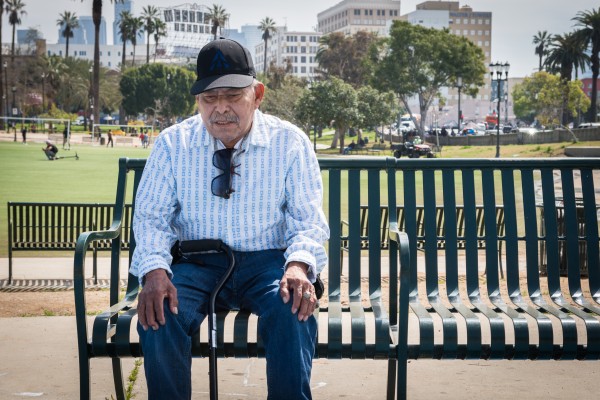 Number of Homeless Latinos in Los Angeles on the Rise
Number of Homeless Latinos in Los Angeles on the Rise
Journalist Heidi DeMarco delves into the story of how a Guatemalan immigrant went from sick and unsheltered to housed and healthy through Housing for Health’s Recuperative Care Program at LA General Medical Center.
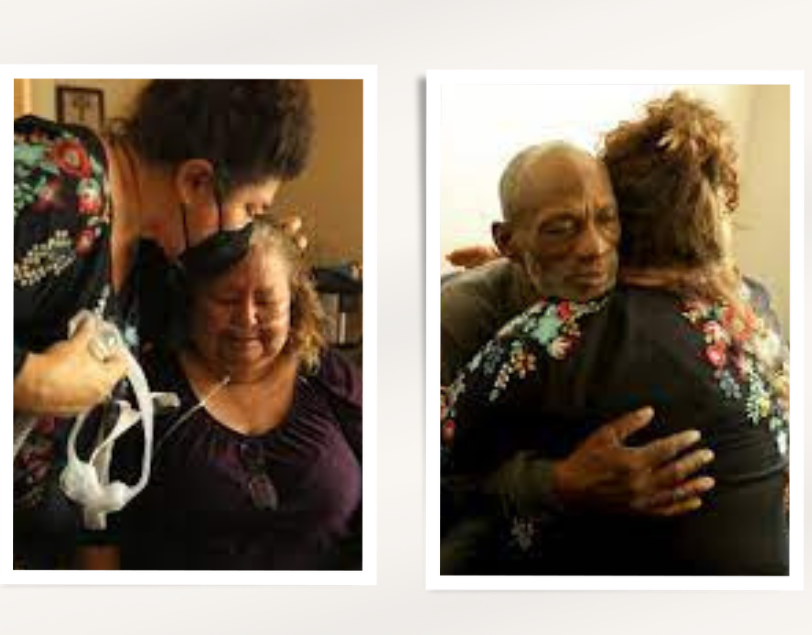 Accompaniment”-New England Journal of Medicine (NEJM) featuring HFH’s Own Dr. Heidi
Accompaniment”-New England Journal of Medicine (NEJM) featuring HFH’s Own Dr. Heidi
In this episode of The New England of Medicine’s podcast “Not Otherwise Specified,” physician and advocate Heidi Behforouz joins host Lisa Rosenbaum to discuss structural violence and social determinants of health, the role of love in medicine, and how to truly listen to patients’ stories.
Photo Credit: https://www.latimes.com/california/story/2022-07-23/lopez-column-stalked-by-death-they-are-gathered-off-the-streets-and-cared-for-army-of-angels
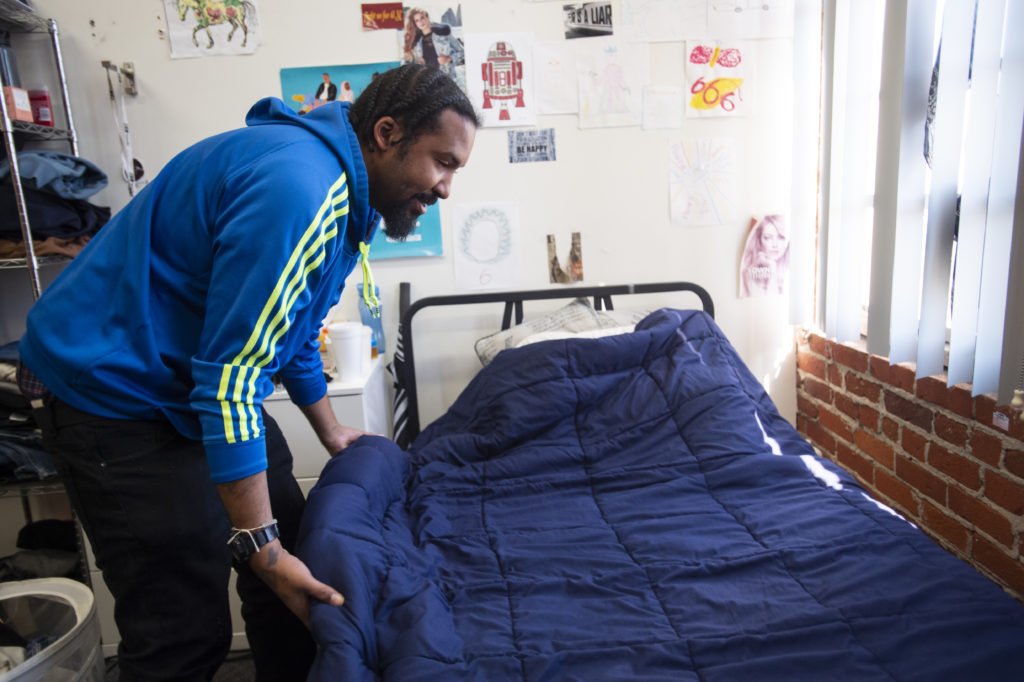
Prescription for Better Health: A Home
Launched in 2012, Housing for Health is one of the nation’s largest local government programs that prioritizes housing people experiencing homelessness on a “Housing First” basis. The program oversees a continuum of care, starting with outreach and health care provided to people living on the streets. Teams work to move people into interim and, ultimately, permanent housing.
 More street medicine teams are helping unhoused Angelenos access care
More street medicine teams are helping unhoused Angelenos access care
Access to regular care can be lifesaving for people who live outside or in shelters. Some have trouble making it to brick and mortar clinics due to lack of transportation, physical disabilities, fear of losing their belongings, or the other day-to-day problems that come along with experiencing homelessness.
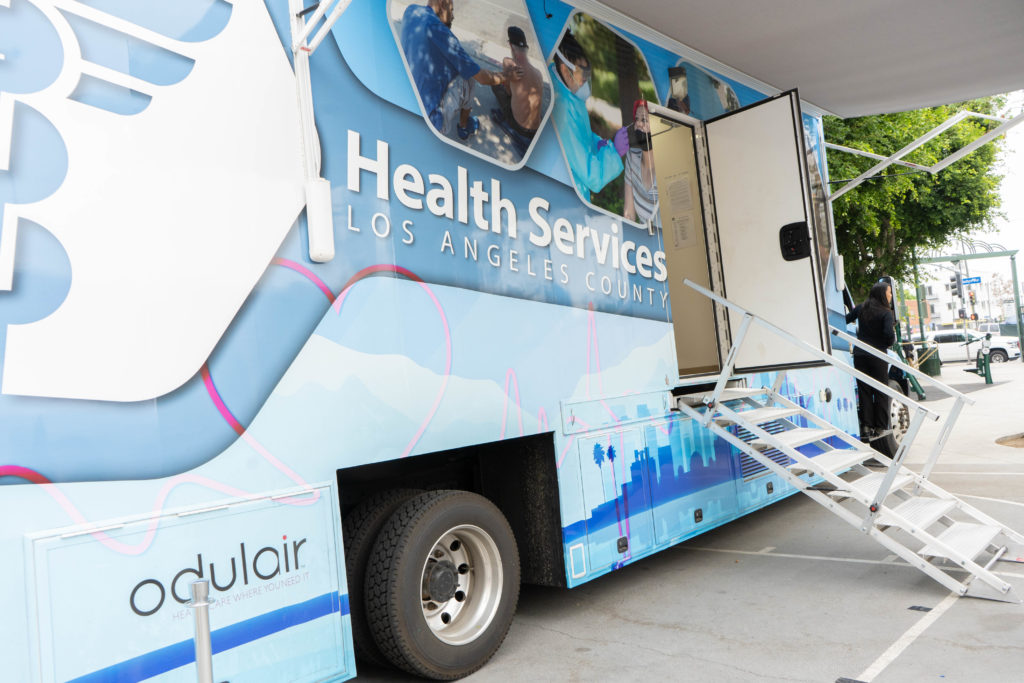 More street medicine teams tackle the homeless health care crisis
More street medicine teams tackle the homeless health care crisis
“We commonly see conditions that you would see in a typical population, but they’re just not addressed,” said Dr. Absalon Galat, medical director for LA County’s Department of Health Services’ Housing for Health division.
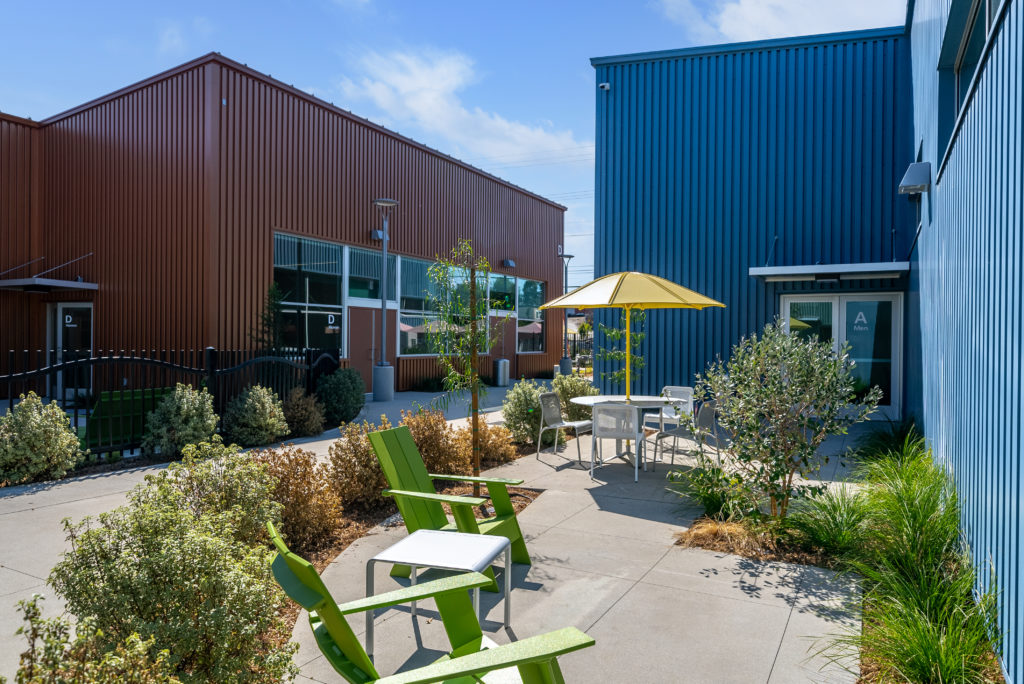 LA County opens interim housing with 24/7 access
LA County opens interim housing with 24/7 access
County leaders say anyone experiencing homelessness can walk in any day of the week — anytime, day or night. Outreach teams and law enforcement can bring people here instead of jail or the local emergency department.
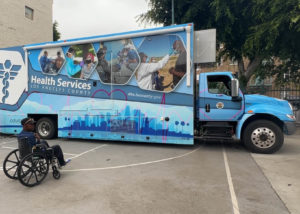 LA County launches first-ever mobile clinic fleet to serve homeless encampments
LA County launches first-ever mobile clinic fleet to serve homeless encampments
SKID ROW, LOS ANGELES (KABC) — On Friday, Los Angeles County launched its first-ever fleet of mobile clinics on wheels that will serve people in homeless encampments. “In Skid Row too many of our neighbors and community members have succumbed to death and illness because they didn’t get the social support and medical care that they needed,” an attendee said.
‘Medical care right where you are’: L.A. County launches mobile clinics as big as semis
“The pandemic had thrust the Los Angeles County Department of Health Services directly into street medicine, but the need went beyond the coronavirus,” Los Angeles Times Reporter Emily Alpert Reyes writes. “So the Department of Health Services launched its own system of rolling clinics this fall, expanding the range of medical care that its clinicians can immediately offer to unhoused people.”
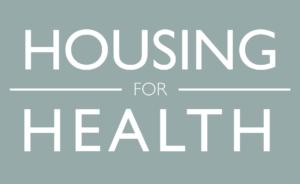 Video: One man’s story from homeless to housed — and the program that made it possible
Video: One man’s story from homeless to housed — and the program that made it possible
When it comes to L.A.’s homeless crisis, social workers say the current system does a decent job of getting people in the front door, but then lose too many out the back door and they end up on the street again. L.A. Times columnist Steve Lopez joined us to share the story of a man who went from homeless to housed and the program that made it possible.
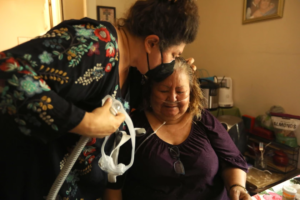
Column: Stalked by death, they are gathered off the streets and cared for by an army of angels
The Los Angeles Times highlights the LA County Department of Health Services-Housing for Health’s (HFH) clinical team, which visits the homes of formerly unhoused people with serious medical conditions in an effort to improve their health and keep them housed.
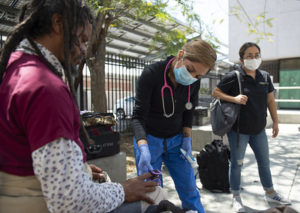
Skid row is an overdose ‘epicenter.’ But methadone can be miles away
Amid the enduring crisis in opioid overdose deaths on Skid Row, many experts have argued that regulations need to be eased to help more people access methadone treatment. Medications such as methadone dampen cravings and the pangs of withdrawal from opioids, and has been a crucial way to help people escape opioid addiction. The Los Angeles Times explores barriers to opioid use disorder treatment in the overdose epicenter of Los Angeles County, and Dr. Emily Thomas, HFH Medical Director of the Star Clinic, is quoted, noting that what health officials have learned “…is that you really have to bring healthcare services to people experiencing homelessness- and those who are formerly homeless- where they are.”


Skid row is an overdose ‘epicenter.’ But methadone can be miles away
Amid the enduring crisis in opioid overdose deaths on Skid Row, many experts have argued that regulations need to be eased to help more people access methadone treatment. Medications such as methadone dampen cravings and the pangs of withdrawal from opioids, and has been a crucial way to help people escape opioid addiction. The Los Angeles Times explores barriers to opioid use disorder treatment in the overdose epicenter of Los Angeles County, and Dr. Emily Thomas, HFH Medical Director of the Star Clinic, is quoted, noting that what health officials have learned “…is that you really have to bring healthcare services to people experiencing homelessness- and those who are formerly homeless- where they are.”

“Safe Landing” at Walk-In Interim Housing and Triage Facility for Unhoused People
Housing for Health and Exodus Recovery announce the opening of an interim housing site with triage beds and 24/7 clinical care to meet the immediate health care and housing needs among people experiencing homelessness in South Los Angeles. Safe Landing is a 5-building campus built on County-owned property near the corner of Normandie Avenue and Imperial Highway in the West Athens neighborhood. It is a first-of-its-kind, walk-in facility that provides individuals with medical and mental health care, a clean and safe sleeping environment, three nutritious meals per day and daily activities.
LA County Launches Mobile Clinics for People Experiencing Homelessness
A first-of-its-kind fleet of full-service medical clinics on wheels will begin making daily stops at homeless encampments throughout Los Angeles County today to address urgent health and social needs among people experiencing homelessness. Each Housing for Health mobile medical unit is equipped with full-service exam rooms to provide primary care, such as vaccines and medications; urgent care procedures such as wound care, ultrasounds, and blood work; woman-focused care such as cervical cancer screening, diagnosis for sexually transmitted diseases, obstetrics, and prenatal care; and life-saving COVID-19 testing and healthcare services.
Homelessness Prevention is Thrust of New LA County Program
The Homelessness Prevention Unit (HPU) is an innovative initiative that uses a predictive analytics tool to locate County service recipients at the highest risk for homelessness, and to prevent them from falling into homelessness. Operating in partnership with LA County’s Department of Health Services- Housing for Health, Department of Mental Health Services, and the California Policy Lab at UCLA, the HPU identifies individuals at risk of homelessness and connects them with a Housing Stabilization Team. The Stabilization Team then works with the client to access resources, financial assistance, or referrals that allow the client to maintain their housing.
